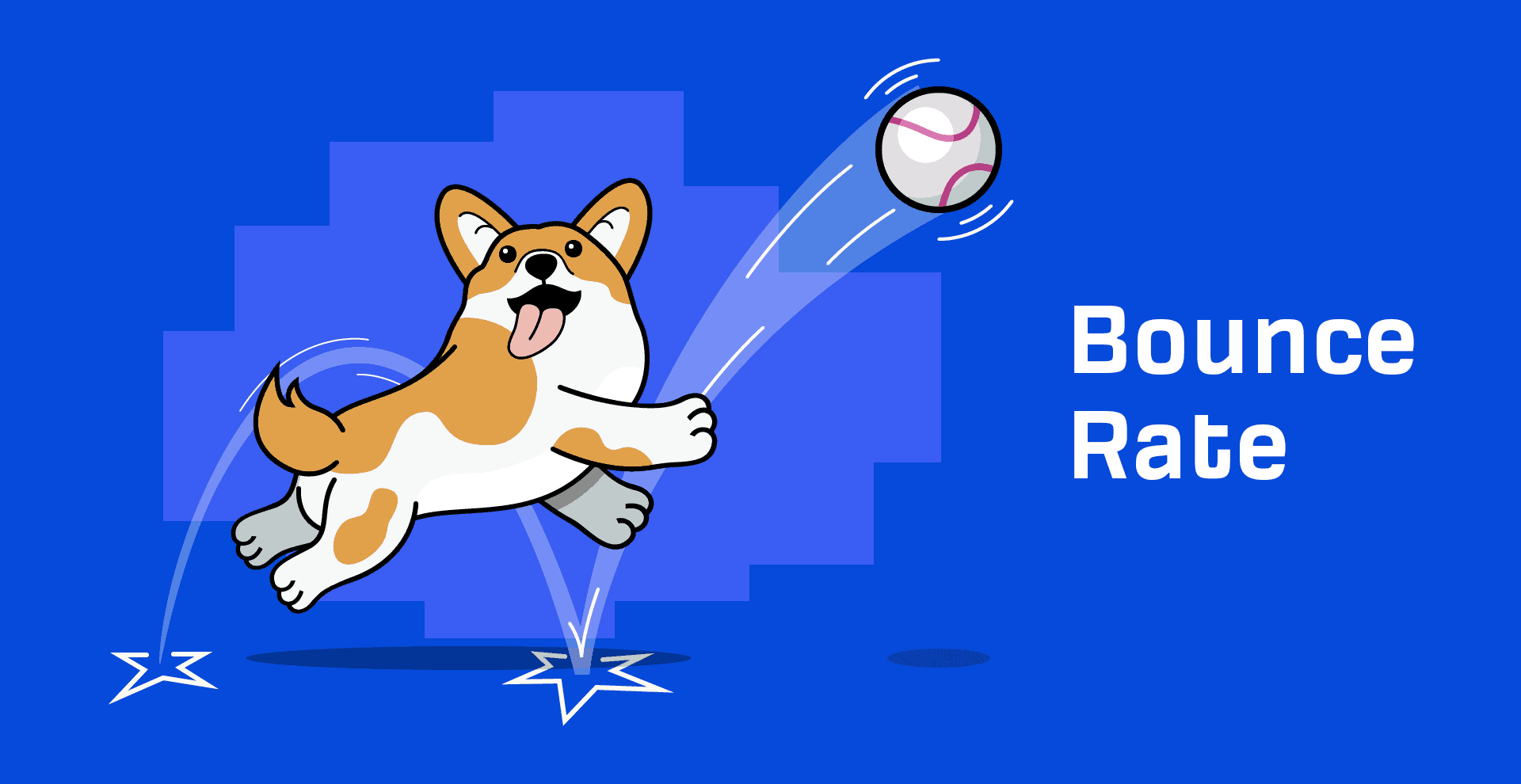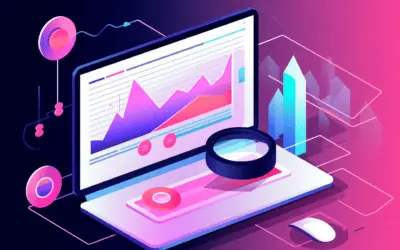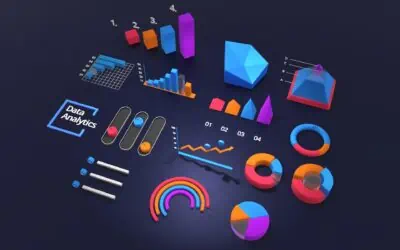Let’s dive into eight proven ways to cut down your bounce rate and boost conversions.
1. Speed up Your Page Load Time
47% of people expect a web page to load in two seconds or less. After a mere three seconds of loading, people tend to hit the back button and choose the next site—most likely one of your competitors.
Here’s a rule of thumb: the slower your landing pages load, the higher your bounce rate will be. Site speed is also important when it comes to rankings—if your site is consistently slow to load, you may slip behind competitors on search engine results pages.
Determine your current site speed using the Pingdom Speed test tool. Copy and paste your site’s URL and hit “test now.”
2. Revamp Your Meta Descriptions
One of the easiest ways to optimize your bounce rate is to optimize your meta descriptions for search users. What are meta descriptions? They’re HTML attributes that describe what a particular web page is about.
The purpose of a meta description is to tell a user whether a search result is right for them. The best meta descriptions are 155 characters or less—longer descriptions are cut short with an ellipsis.
What makes a meta description compelling? Remember to include target keywords (i.e., words that pinpoint what users are looking for) and a direct call-to-action (such as “just click to find out more”).
3. Target the Right Keywords
97% of Google’s revenue is derived from advertising. That’s how important keywords are—the majority of Google’s revenue comes from targeting expensive keywords. Keywords can make or break any content marketing campaign.
The trick to targeting the right keywords is to focus on high-value keywords that convey not just traffic and conversion value, but also persona and brand value. Remember: not all keywords are created equal. When it comes to choosing keywords, pick ones that will improve your traffic and conversion while enhancing your authority and digital reputation.
4. Make Multiple Landing Pages
If we’re talking about landing pages, there’s only one thing to say: the more, the merrier. Landing pages increase your click-through rate by creating a richer experience for your visitors.
Let’s take a look at your stats for a second. Are most people exiting your site from the homepage? Exiting from the homepage often correlates to a high bounce rate. The solution? Create more landing pages based on high-value keywords that target your niche, increase engagement, and cultivate a positive user experience.
5. Make Your Site Mobile-Friendly
When customers visit your site on their smartphone or tablet, does your site display the way you want it to? In other words, is your website design mobile-friendly?
Nearly 95% of customers are on mobile. Make sure you accommodate mobile visitors—not just to improve your bounce rate, but your search ranking as well. At the end of the day, sites that aren’t mobile-friendly won’t rank or perform as well as you want them to.
6. Build Credibility
Credibility describes how others perceive you. For websites, credibility is an indicator of trustworthiness, which is essential for reducing your bounce rate and driving meaningful traffic. 80% of users say that being able to trust the information they read on a website is incredibly important.
How do you build credibility and trust among your target audience? Try creating useful, compelling content that keeps readers engaged and interested. If you’re managing transactions, and an easy way to instill confidence in your customers is by assuring them that their personal information is safe in your hands.
7. Focus on Your Call-to-Action (CTA)
Let’s say you’ve attracted a visitor to your site, have hooked them with a powerful headline, and reeled them in with your content—but at the end of it all, your CTA is weak, or, even worse, you don’t have a CTA at all.
The point of your site is to compel a visitor to make a purchasing decision, or at least think about it. If your CTA isn’t optimized, your exit rate increases and you lose what was a potential conversion.
Spend some time on your CTA. Make sure the wording is compelling, the button is big enough, and you’ve instilled a sense of urgency. Appealing CTAs often involve a free trial or a limited-time offer.
8. Eliminate Popups
Our last tip is fairly straightforward. Popups are annoying and often lead to a higher bounce rate. Even if you’re a hardcore popup advocate that relies on compelling language in your popups, the fact is that popups disrupt your user experience by interrupting your visitor’s reading or browsing session. Get rid of them!
Optimize Your Conversion Rate With Professional Digital Marketing Services
Are you interested in improving your bounce rate, driving meaningful traffic, and optimizing conversions? Vancouver SEO Agency has worked with businesses from far and wide to increase not only their bounce rate but their website performance, and digital marketing campaigns as a whole.





